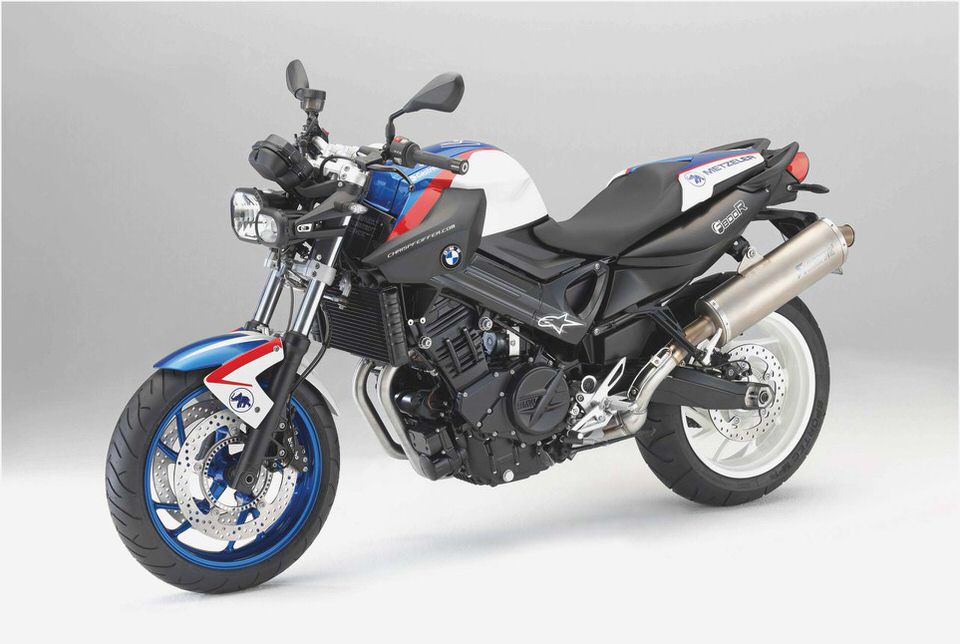
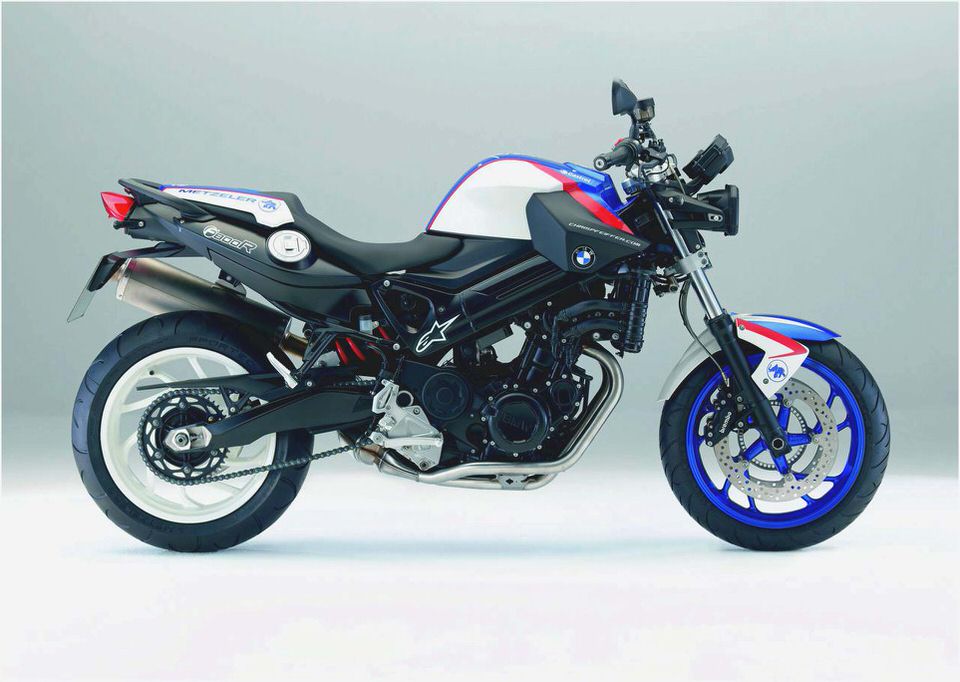
2011 BMW F800R Comparison Review
Watch the BMW F800R comparison video to see where this Beemer and its Parallel Twin stack up in our 2-3-4 Shootout.
Think BMW Twin and the iconic Boxer engine is the first two-cylinder powerplant that comes to mind. Yet the Bavarian marque’s 798cc Parallel Twin has expanded the brand’s footprint in recent years. First debuting in the states aboard the F800S and ST models, the liquid-cooled eight-valve Twin made its biggest global impact with the popular F800GS.
The F800R didn’t make its official debut until 2009, where it was embraced by the European lot. Now for 2011 America gets its turn on the Beemer middleweight.
Toss a leg over the F800R and first impression is how narrow it feels compared to the other two rides in this test. The seat height, at 31.5 inches is the lowest of the test and the slim profile makes for easy reach to the ground (optional low and high seat options alter the height an inch each direction).
The BMW F800R is powered by a 798cc Parallel Twin, the twin-cylinder mill revving lower but producing more torque.
Fire up the BMW and the real distinctions from the competitors begin. The engine emits a pleasant note, though nowhere near as soul-stirring as the Triumph. Crack the throttle and the F800 delivers the gruntiest low-end.
The torque leader on the dyno at 57 lb-ft, the BMW Twin falls short in peak horsepower at 81 ponies due to its lower-revving nature. However, the engine is well-suited to its street application.
“I really dig the character of the engine,” said Waheed of the Beemer. “It doesn’t have that generic feel of the Yamaha Inline-Four, plus it pumps out a lot of bottom-end and mid-range performance. This makes it really easy and friendly to ride around the street.”
A light clutch lever and precise six-speed transmission make for easy shifts, a good thing as riders must bang through more gears with the shorter powerband. The engine redlines at 8500 rpm, quite a contrast to the Triple and Four, with the BMW’s shift light flashing frequently.
Compared with the smooth-running Yamaha, the Beemer delivers more panache from its thumping Twin, if a bit unrefined. A stressed member of the frame, the engine rattles some and vibrations migrate upward. Tolerable at idle, the vibes are more obtrusive as the speeds climb with 75 mph freeway droning a mirror-blurring affair.
The Beemer Twin has plenty of performance for road-going antics, as evidenced by MCUSA’s redisdent Chris Pfeiffer – Road Test Editor Adam Waheed.
The torquey Twin churns more than enough power to pop the front wheel up, but our Road Test Editor noted the BMW was the hardest to wheelie owing to the test’s longest wheelbase at 59.8 inches (two inches longer than the Yamaha and more than four inches compared to the Triumph). Not that the dimensions stopped Adam, or professional uber-hooligan Chris Pfeiffer, who was campaigning the prototype F800R in stunt exhibitions long before the production model hit the streets.
That long-ish wheelbase delivers a stable ride, with the BMW a steady handler. Press on the wide handlebar to initiate a turn and the bike complies with sure-footed reliability. The rider ergonomics equate to a slight forward pitch, the sportiest of the test, though still upright and neutral overall.
The narrow contours of the tank and engine contribute to a lightweight feel, the BMW weighing in at 449 pounds full of fuel (17 pounds less than FZ8).
The suspension features a preload and rebound-adjustable rear shock, easy to manipulate via remote hand dial. The conventional front fork presents more of an issue, offering zero adjustability and softly sprung for high-speed canyon carving. The fork may deserve critique for its lack of adjustment, particularly considering its highest MSRP, yet the suspension doesn’t ruin the performance and is well suited to the demographic.
The F800R is, after all, effectively BMW’s entry-level street mount.
“The suspension is a tad soft for hard-core sport riding,” agrees Adam, “but it delivers a very forgiving ride on the street and over rough pavement. Though it isn’t as nearly as sporty as the Triumph.”
The non-adjustable front fork on the BMW feels soft at higher speeds, but the long wheelbase and neutral handling make for an easy-to-ride platform.
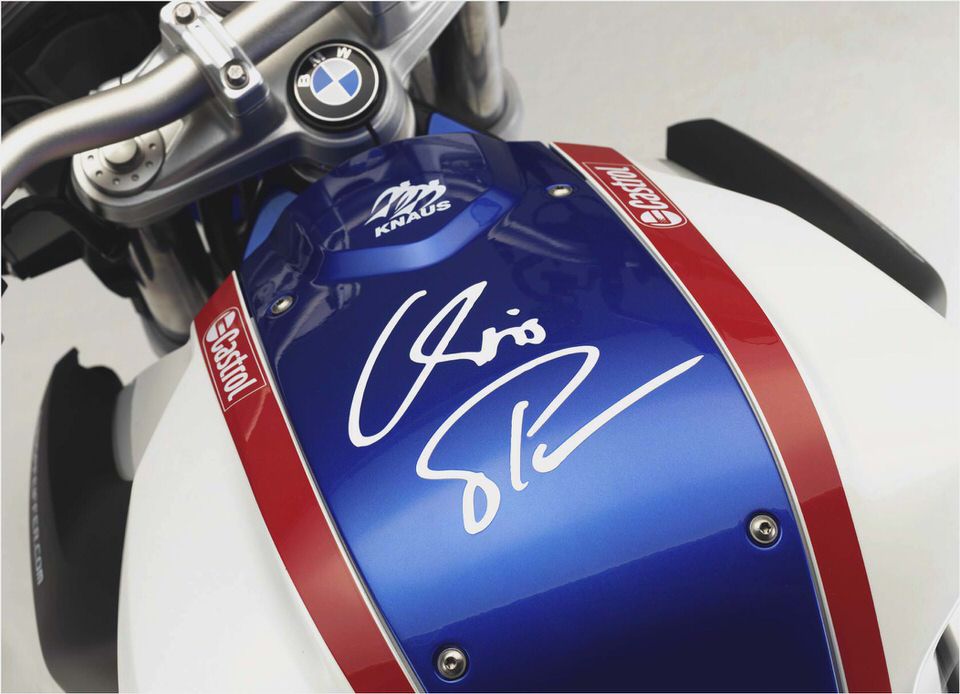
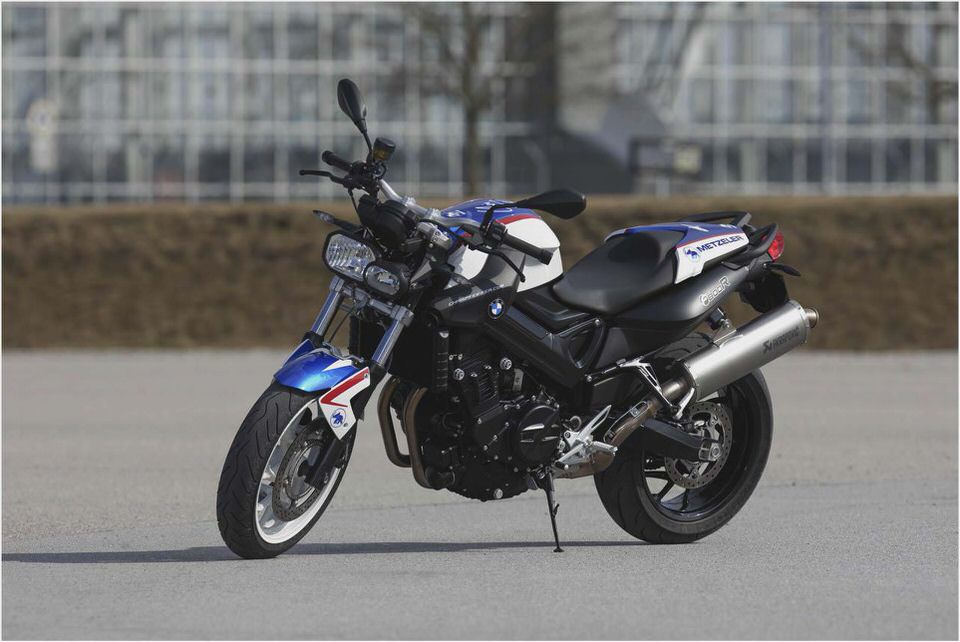
Brembo monobloc calipers up front anchor an overall impressive braking package. While not approaching the bite and feel of the Triumph, the BMW brings things to a halt with confidence. The optional ABS ($900) system enhances the safety factor, even if it’s rather harsh when it does cut in.
The ABS further endears the F800R to entry-level riders. Combined with the low seat height and lightweight feel, this Beemer is an unintimidating ride, which contrasts other BMW mounts we’ve sampled, which seem to be tailored to 6’5” Teutonic knights named Franz or Siegfried.
Where the more traditional entries in the BMW line, i.e. Boxer-powered R models, emote a stern demeanor, the F800R is quirky. An underseat fuel tank and right-side chain drive stands out in this test group, as do the asymmetrical headlights (though this latter styling trait is a BMW staple nowadays).
Styling wise the BMW divides opinion. Some find the front end presents an unfinished feel, though Adam dug the lines. “Looks-wise I absolutely love the styling of the BMW in its up-spec Motorsports colorway. It looks like a transformer that could change into a robot at any time. Most will probably say that it is ugly and too utilitarian, but to me it has the appearance of a purpose-built tool.”
Our biggest gripe with the looks was from behind the controls, as the stacked analog speedo and tach were hardest to read in the group. The rubber-mounted plastic brake fluid reservoir also wobbled so much at speed that it felt cheaply wrought. Yet the BMW delivered the most information on the LCD display, the only bike in our test to source both a gear position indicator and fuel gauge.
Extra info like the tire pressure monitors is useful too, though we wouldn’t kick up the extra $250 for the feature. We much rather spend that $250 on the heated grips, which always garner warm thumbs up from our gracious reviewers.
And speaking of extra options, there’s the little matter of pricing to resolve The base model of the F800R still rings in as the most expensive of this testing group at $9950. The sub-10K price deserves a big asterisk though, as BMW’s get a customary $495 destination fee tacked on, and our test model came with the $1445 premium package, which includes ABS, heated grips and on-board computer. There’s also a $650 extra associated with the white, blue and red color scheme, jacking our test bike up to more than 12 grand off the showroom floor.
The asking price stings some, but still makes the F800R one of the least expensive entries into the propeller brand. The torque-laden Twin delivers more than capable street performance, with the easy-to-ride nature making the BMW an inviting package.
The BMW is defined by its torquey Twin, while unusual traits like the underseat fuel tank give the Beemer a quirky character. The
stacked analog speedo and tach was deemed hard to read by our tester.
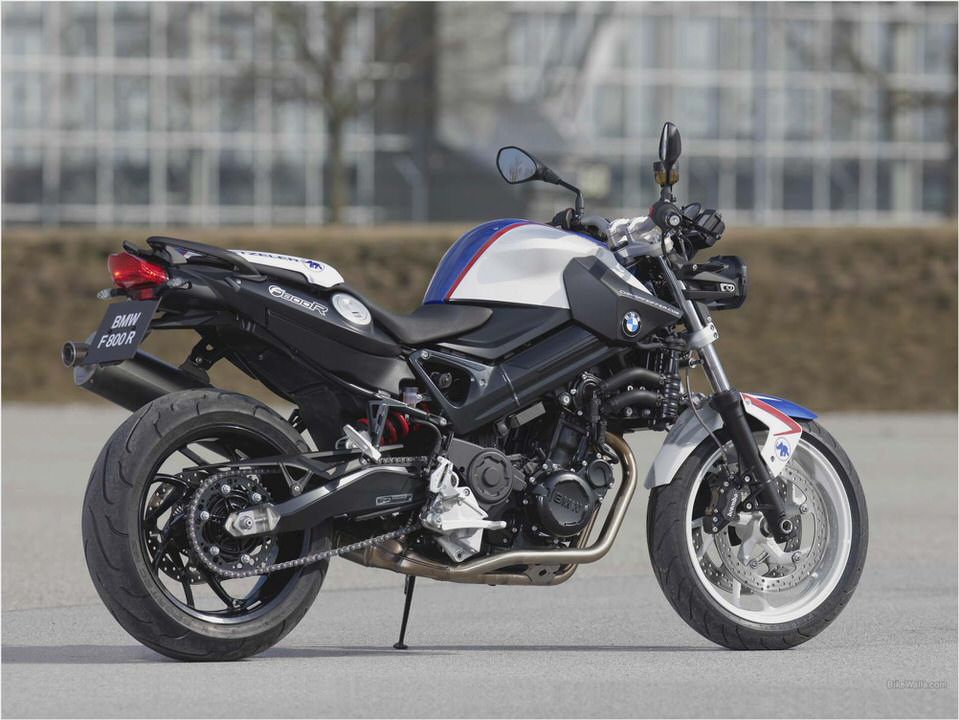

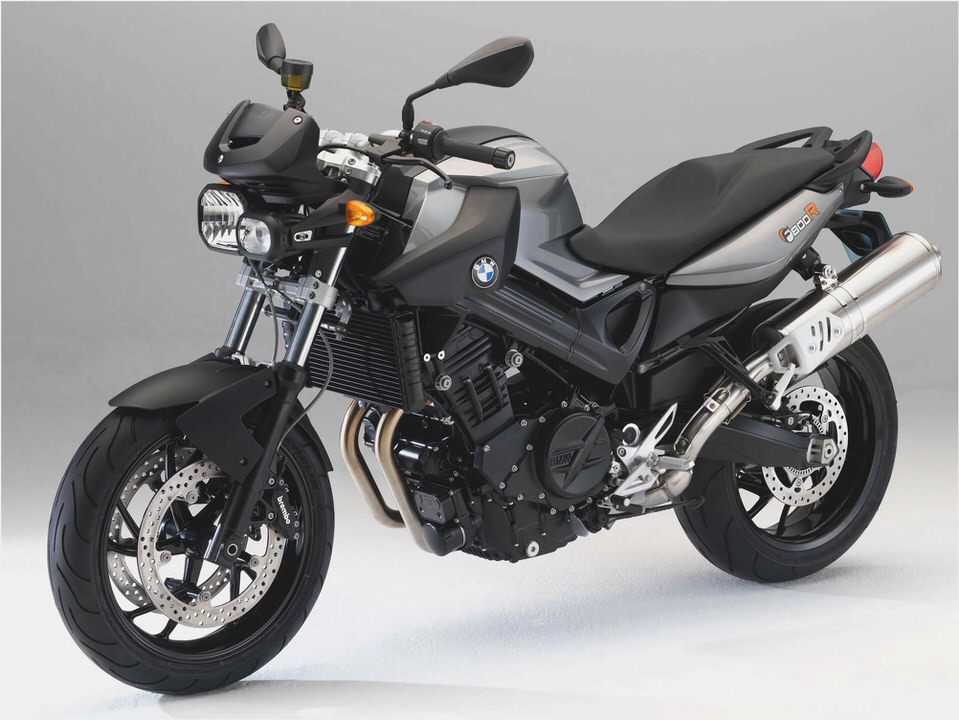
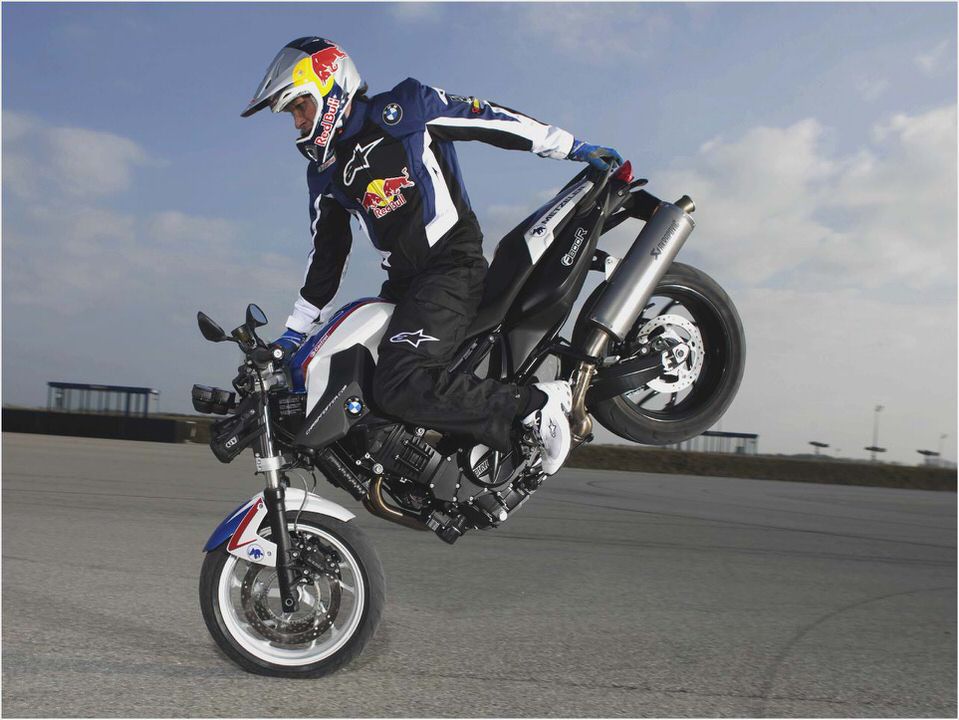
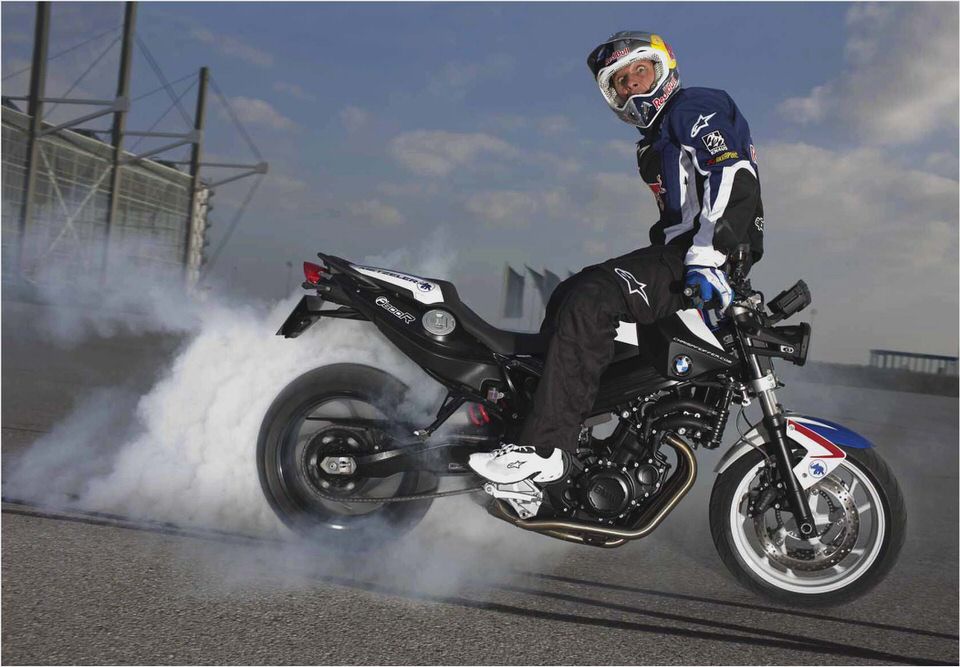
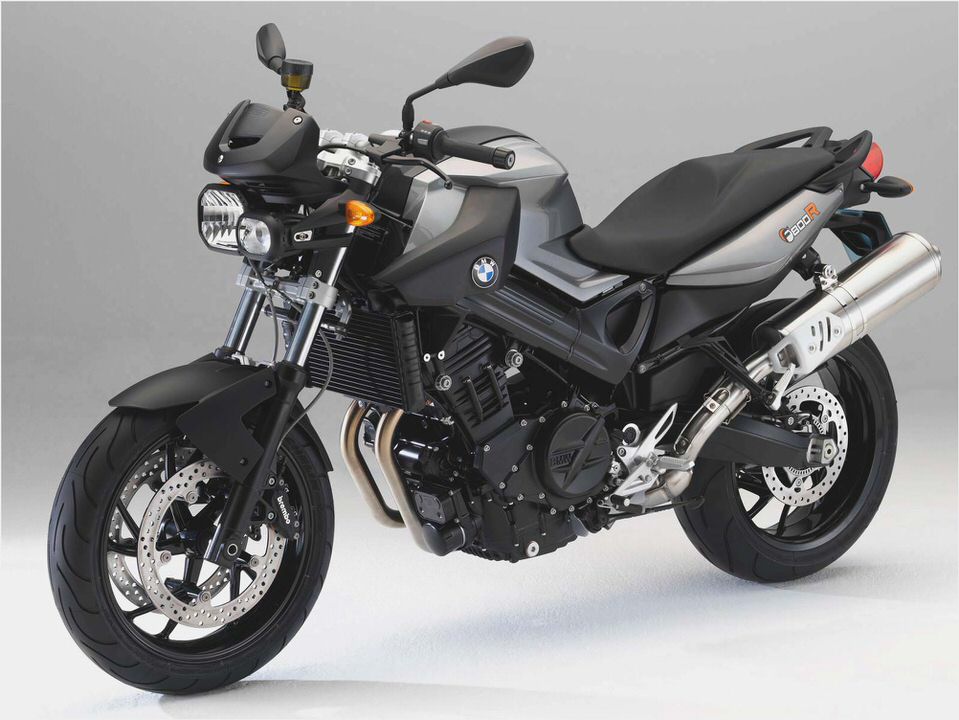
- BMW airhead salt racer – skrunkwerks skrunkwerks
- Clockwise
- BMW R1200R Motorcycle – Yahoo Voices – voices.yahoo.com
- OneWheelDrive.Net R1200S vs. R1100S – New vs. Old
- BMW E-Scooter breaks cover Wheels24

